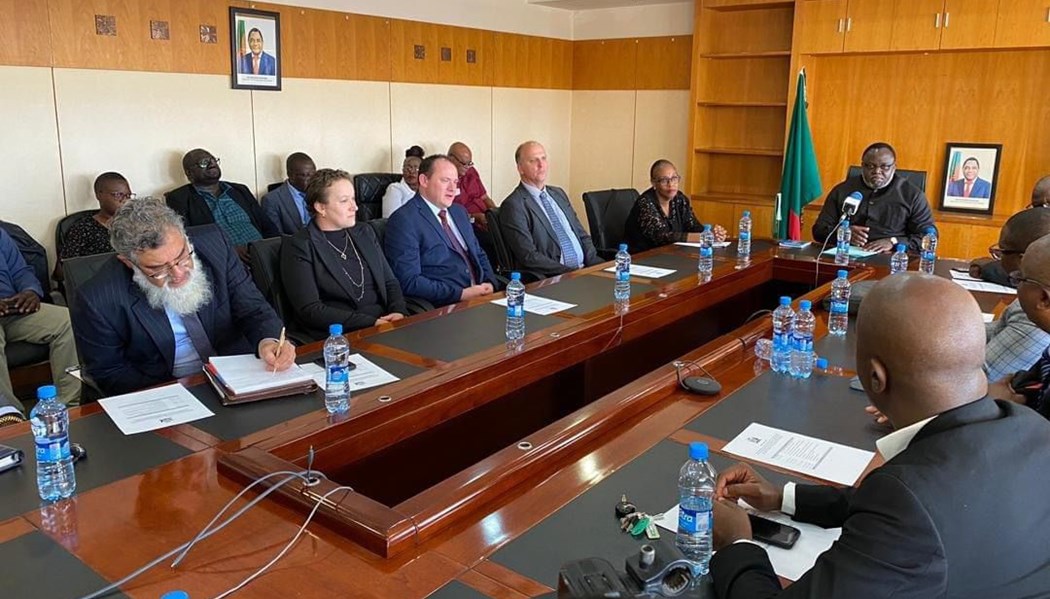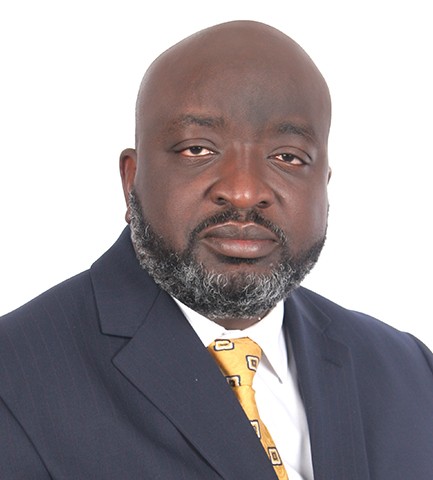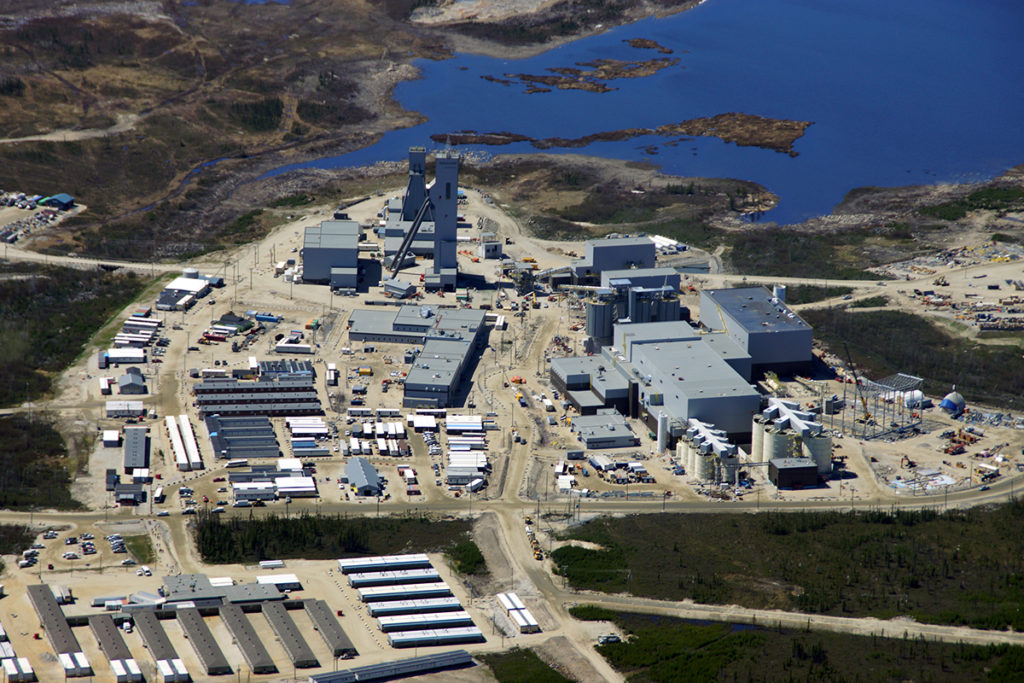Mining Other
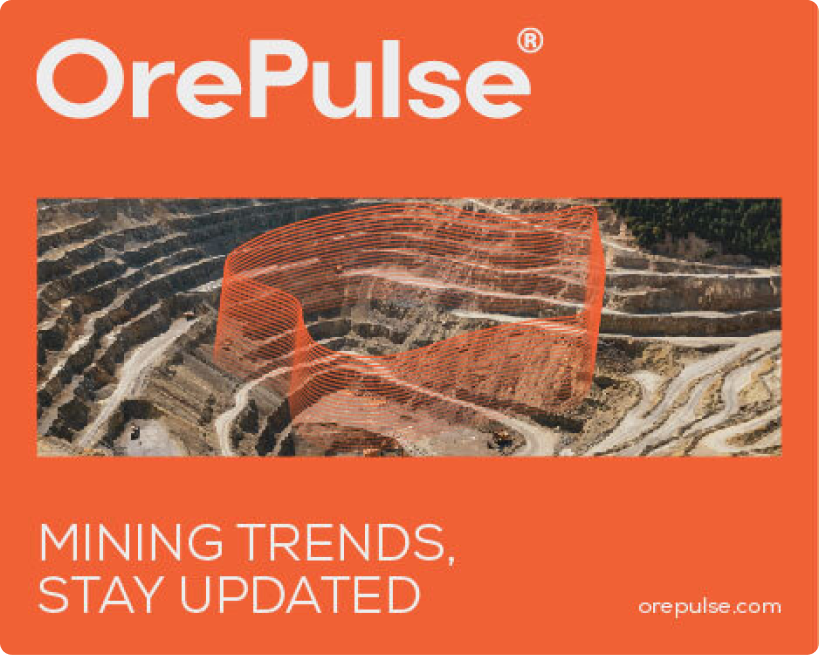
Is Africa ascending? A mining outlook
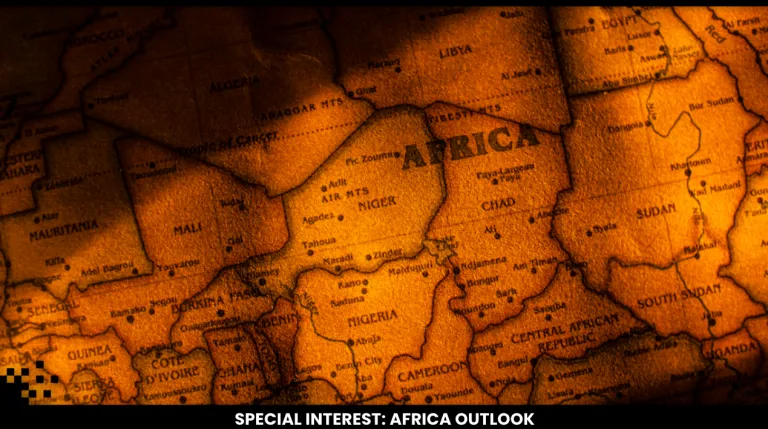
The African continent possesses about 30% of the world’s known mineral resources, playing a crucial role in the global resources market and related industries. Sub-Saharan Africa alone is estimated to produce US$2 trillion ($3.1 trillion) of metals required for the energy transition by 2050.
Between 2024 and 2050, cumulative revenue from four critical minerals – cobalt, copper, lithium, and nickel – is forecast to surpass those from fossil fuels by 3.1 times, as the continent shifts from traditional energy sources towards green energy and net zero.
Yet for some time Africa has not seized all the opportunities presented to the minerals-rich continent. S&P’s World Exploration Trends (2024) reports the combined exploration budget within the continent is just US$1.27 billion – well behind Latin America (US$3.38 billion), Canada (US$2.44 billion), Australia (US$2.2 billion), and just behind the US (US$1.62 billion).
Additionally, only 10-15% of the value generated into its economy from mineral resources is retained in Africa as a whole, underscoring an inherent need for domestic downstream processing and manufacturing.
However, the situation is improving. According to the Africa Governance Report 2025, Angola, for example, derived up to US$20 billion from these sectors, which accounted for up 31% of its GDP in 2021, and the Democratic Republic of Congo derived US$7 billion in 2017. Burkina Faso, Ghana, and Tanzania had contributions ranging from US$3 billion to US$5 billion.
In the 11th edition of the Mining in Africa Country Investment Guide (MACIG), Sarvesh Suri, Africa Industry Director Infrastructure & Natural Resources at the International Finance Corporation (IFC) notes that in FY2024 alone, IFC mobilised nearly US$14.5 billion for the continent.
“Yet Africa’s infrastructure gap is huge,” Suri says.
Africa Down Under
With Africa Week starting, Mining.com.au is digging deep into the main emerging trends in Africa in a two-part feature series that highlights some of the major mining regions within the continent.
The Australia Africa Universities Network (AAUN) Annual Forum will be held on 1-2 September 2025 in Perth. The forum theme for this year is ‘Social License’ and Universities: Comparative Perspectives from Australia and Africa. This forum brings together scholars and practitioners to explore how universities engage with communities, demonstrate accountability, and build trust.
The AAUN Forum starts Africa Week, with later programs for the Africa Down Under conference in Perth from 3-5 September. In its 23rd edition, Africa Down Under is touted as the leading forum for Australian-African business and government relations and was first launched to raise awareness of Australia’s interests in African mining and energy.
The three-day meeting has evolved to become the largest African-focused mining event held outside the continent itself, which is reflected by the number of high-profile participants who attend each year.
In addition to creating a melting pot for pro Africa-Australia relations, the event forms the principal pillar of “Africa Week”, Australia’s week-long celebration of the strong and growing business, social and cultural ties between Australia and the entire African continent.
Travis Schwertfeger, Managing Director of West Africa-focused Many Peaks (ASX:MPK), says the Africa Down Under conference plays an integral part in connecting ASX miners with their counterparts and prospective investors in Africa.
“With Africa being such a large and diverse continent, it is rare to have cross-over with colleagues, government representatives, and service providers across the sector,” Schwertfeger tells this news service.
Pipeline of projects
So to what extent is Africa ascending when it comes to mining?
SRK Consulting reports there are more than 600 mining projects in the pipeline in Africa, of which 385 exploration projects are situated in just seven countries – Tanzania (65), Namibia (61), Burkina Faso (61), Mali (57), South Africa (53), Côte d’Ivoire (45), and Botswana (43).
In contrast, Western mining nations such as Canada have about 4,170 in the pipeline, while Australia has almost 2,460 exploration projects lining up.
Charles Altshuler, CEO of Africa-focused Globe Metals & Mining (ASX:GBE), tells Mining.com.au while there are shortcomings, Africa represents a frontier of opportunity, particularly in critical minerals.
“For ASX-listed companies, the combination of high-quality geology, supportive regulatory reforms, and rising demand from global supply chains makes it attractive,” Altshuler explains.
“By the end of the decade, Africa is expected to supply a greater share of global critical minerals, supported by foreign investment and government partnerships”
“By the end of the decade, Africa is expected to supply a greater share of global critical minerals, supported by foreign investment and government partnerships.”
Many Peaks’ Schwertfeger agrees, adding Africa is a large continent with a wide range of commodities and opportunities ready to be capitalised upon.
“In the context of sovereign risk, good ESG practices and the interests of government and communities, there are many opportunities throughout Africa where capital deployed through the ASX can mutually benefit the government, local communities and shareholders through exploration and development in the mineral sector,” he says.
Many Peaks is currently focused on the Ferké Gold Project in Côte d’Ivoire.
Speaking to Mining.com.au, Connected Minerals (ASX:CML) Managing Director Warrick Clent says in Namibia, where the company’s Etango North-East Project is located, the government is encouraging growth in the uranium sector. This has many advantages and in turn, is leading to the expansion of existing operations and the discovery of new deposits.
“Our entire portfolio lies near known uranium mines and deposits, including the Rössing, Husab, Etango and Langer Heinrich projects. This proximity also offers the advantage of existing infrastructure that supports these key operations,” Clent says.
“We intend to leverage these advantages to rapidly advance exploration programs in 2025 and beyond.
“While our two granted exclusive prospecting licences have shown early promise, considerable work is required at both sites, starting with the drilling program we plan to commence at Etango North-East in April.”
Governance and perception
Globe’s Altshuler says despite its longstanding mining history, Africa is still not well understood. A persistent misconception is that Africa is a single country, rather than a diverse continent of 54 nations.
“Too often, if conflict arises in one jurisdiction, investors extrapolate that risk across the entire continent. This is both misleading and damaging,” the CEO explains to this news service.
“The reality is that countries like Malawi have made meaningful reforms – creating the Mining Regulatory Authority, improving transparency, streamlining permitting, and embedding ESG standards into mining policy.
“In 2025-2026, Malawi stands out as a rules-based, partnership-oriented environment, quite different from conflict-affected jurisdictions elsewhere in Africa. Investors who treat Africa as a single risk block miss the nuance — and risk overlooking high-quality, transparent, and investment-ready opportunities such as our Kanyika Project in Malawi.”
Clent agrees one of the more popular misconceptions is to treat Africa as a whole. And while there a reports of mining companies experiencing difficulties in Africa in the press, he notes these areas are very geographically limited in comparison to the broader investment friendly jurisdictions such as Namibia, Botswana, Zambia, Tanzania, etcetera where the governments are stable, well-regulated and open to investment.
“As with any investment decision, even within the different states of Australia, companies need to assess the benefits and the costs, of entering any jurisdiction for mining or exploration,” Clent adds.
Globe Metals & Mining sees opportunities beyond the mining staples often found in Africa such as uranium, and in supplying critical minerals like niobium and tantalum to global markets, leveraging Malawi’s conflict-free positioning.
In addition, value-adding through refining in-country creates jobs, industrial capacity, and government revenues. Beyond Kanyika, Altshuler notes there is regional potential in rare earths and complementary minerals.
Yet some challenges remain. Altshuler says these include infrastructure bottlenecks, financing availability, and capacity constraints in local supply chains.
“However, these are being addressed through government partnerships, donor support, and foreign investment. Globe’s strategy is to mitigate these risks by front-loading stakeholder engagement and ensuring robust execution planning,” he continues.
Attracting investment
Africa remains one of the most strategically important mining regions in the world, with a deep reserve of critical minerals central to global industrial, energy, and technology systems.
Demand for these ethically sourced minerals continues to grow. Globally, demand for critical minerals such as cobalt, lithium, and graphite is expected to rocket by up to 500% by 2050, driven largely by decarbonisation efforts and battery technologies.
However, shifting trade regimes, resource nationalism, and increased scrutiny from governments, investors, and communities are creating a more complex operating environment for mining companies across the continent.
At dss+, the consulting firm sees the current geopolitical environment not only as a test of resilience but as a catalyst for building stronger, more adaptive mining operations.
Malawi
Malawi, where Globe Metals & Mining’s flagship asset is located, is one African nation implementing initiatives to attract foreign investment in mining. Key measures include the establishment of the Malawi Mineral Resources Authority, reforms to the Mines and Minerals Act, and investment incentives tied to Export Development Zones.
Globe’s CEO says these provide regulatory certainty, fiscal advantages, and operational support to overseas investors. To this end, Altshuler identifies some emerging trends to monitor towards the end of this decade.
“Expect increasing alignment with global ESG standards, traceability systems, and regional collaboration across Southern Africa,” Altshuler tells Mining.com.au.
“By 2030, we anticipate more vertically integrated projects, local refining capacity, and strong partnerships between governments and private investors to capture more of the mineral value chain domestically.”
As Globe’s Altshuler explains, there are plenty of other opportunities in Malawi, which remains underexplored compared to its neighbours.
“But it is moving quickly to attract investment through regulatory reform, establishment of the Mining Regulatory Authority, and streamlined permitting. Globe is positioned as a first mover with a fully permitted, advanced-stage project – placing us ahead of the curve relative to peers,” the CEO continues.
Altshuler suggests the best reference point is Lindian Resources (ASX:LIN) securing $91.5 million in new institutional funding and reaching FID for the development of the Kangankunde Rare Earths Project in Malawi – “underscoring how global players will commit substantial capital for strategic critical minerals and in Malawi”.
“Globe already holds a fully permitted niobium and tantalum project, development-ready today. In Malawi, there are no other serious niobium-tantalum developers at our stage, and across Africa most projects face conflict-related or ESG risks,” the CEO adds.
“Globe stands out as a conflict-free, traceable, and vertically integrated supplier in the making, positioned to deliver the region’s first independent niobium and tantalum production.”
One opportunity in Malawi exists in the graphite space. Graphite is used in lithium-ion batteries, which power electric vehicles and energy storage systems.
Sovereign Metals (ASX:SVM) is touting its Kasiya deposit in Malawi as the world’s largest natural rutile deposit, with an updated mineral resource estimate of 1.8 billion tonnes at 1.01% rutile, positioning it ahead of other major deposits.
The discovery is anticipated to increase the mineral sector’s contribution to GDP from less than 1% to up to 10% by 2063.
Côte d’Ivoire
There are 45 exploration projects in the pipeline in Côte d’Ivoire. As Many Peaks’ Schwertfeger explains to Mining.com.au, Côte d’Ivoire is currently experiencing a modern day ‘gold rush’. The Managing Director says many new companies and significant exploration investment country-wide are going into the highly prospective and under-explored Birimian greenstone belts found across the West African region.
“Many Peaks specifically can be counted among these recent entries, but operated by a team with extensive West African experience with a considered approach to identifying and acquiring ground with this highly competitive landscape,” Schwertfeger adds.
“We have a large portfolio in Côte d’Ivoire in West Africa. In West Africa right now, as the Australians know, there’s a boom”
Starcore International Mines (TSX:SAM) is excited about its exposure to this African nation and with C$3.1 million cash at hand and working capital of C$2.5 million at the end of April – the company is well-positioned for growth there.
Recently speaking to Mining.com.au, CEO Robert Eadie highlights the similarities between the miners in Australia and Canada, and the active market in Australia for raising capital.
“We have a large portfolio in Côte d’Ivoire in West Africa. In West Africa right now, as the Australians know, there’s a boom,” Eadie says.
“London, they’re aware of it. Africa, they’re aware of it. Canada, a little bit. America, not at all. And so the Australians understand what’s going on there.”
Starcore is seeking to either joint venture or possibly have another listing “as it would be good to be able to put that Côte d’Ivoire project on the stock exchange in Australia and give it the exposure that it needs by qualified investors”.
Mali
There are almost 60 exploration projects in the works in Mali, which is the third largest gold producer in Africa. The region is considered to be a somewhat stable environment with the mining industry concentrated in the southern part.
In Mali, significant reserves of lithium – estimated at 700,000 tonnes – highlight the country’s potential in supporting battery technology and energy storage solutions.
Toubani Resources (ASX:TRE) is one of the more advanced ASX-listed companies with a focus in Mali with its Kobada Gold Project.
In October 2024, Toubani completed a Definitive Feasibility Study (DFS), which revealed Kobada will produce more than 160,000 ounces of gold on average over its nine-year mine life. The DFS also places Kobada as one of the lowest capital intensity development projects in the sector, with an initial upfront capital of US$216 million, including US$18 million in contingency.
The project has a post-tax net present value (NPV) of US$635 million and an internal rate of return (IRR) of 58% based on a gold price assumption of US$2,200 per ounce.
In June, CEO Phil Russo outlined how later this year, Toubani will undertake reverse circulation drilling to test near-surface targets with the aim of further building the oxide inventory.
This underpins the company’s dual track strategy in pursuing growth at Kobada as it progresses towards a final investment decision later in 2025.
The completion of the reverse circulation drill program will assist in finalising a site layout as well as potentially adding further oxide mineralisation into the project’s resource inventory.
Morocco
Morocco continues to attract foreign investment in the mining sector and offers significant opportunities for exploration and development. In 2023, the Canadian Fraser Institute ranked Morocco as the second most attractive mining investment destination in Africa.
According to the Australian Trade and Investment Commission (Austrade), Morocco is implementing strategic initiatives to modernise its mining sector, diversify from dependence on phosphate mining, and commit to sustainable practices.
The sector accounts for about 10% of Morocco’s GDP – around 30% of total exports. Mining employs nearly 40,000 people and generates investments of $1.7 billion to $3.4 billion per year.
In this North African nation, Zeus Resources (ASX:ZEU) is defining and prioritising targets for a drilling campaign at its wholly owned Casablanca Antimony Project. This follows completion of a ‘high-resolution’ induced polarisation geophysical survey.
Executive Director Hugh Pilgrim says Zeus has hit a new milestone at Casablanca, in mid-August 2025 wrapping up a geophysical survey at the recently acquired project.
“The dataset will allow us to integrate geophysical, geochemical, and geological information to define and prioritise drill targets with much greater confidence and will directly inform the trenching program we have scheduled as the next phase of work,” Pilgrim says.
In July, Zeus appointed Chris Dell as its US business development and strategy advisor whose role will support developing the Casablanca Project.
Dell has over 30 years’ experience in government and business having previously served as the US Ambassador to Angola (2001-2004), Zimbabwe (2004-2007), and Kosovo (2009-2012). In these roles, Dell managed complex political and economic initiatives in resource-rich regions.
Pilgrim notes that Morocco’s well resolved mining and exploration strategy presents a unique opportunity to Zeus including a stable and mining-friendly government, strong geological potential, a modern mining code, and access to a skilled workforce with local expertise.
Africa continues to be one of the most strategically important mining destinations globally, with significant reserves of critical minerals central to the world’s industrial, energy, and technology systems.
As mentioned, demand for critical minerals such as cobalt, lithium, and graphite is expected to grow by up to 500% in the next 25 years, driven by clean energy transitions and battery technologies.
Part two of this series delves into other African mining nations including Democratic Republic of Congo, Namibia, South Africa, and Zambia, among others. It assesses shifting trade regimes and delves into how the current geopolitical environment is testing resilience and acting as a catalyst for building stronger, more adaptive mining operations.




